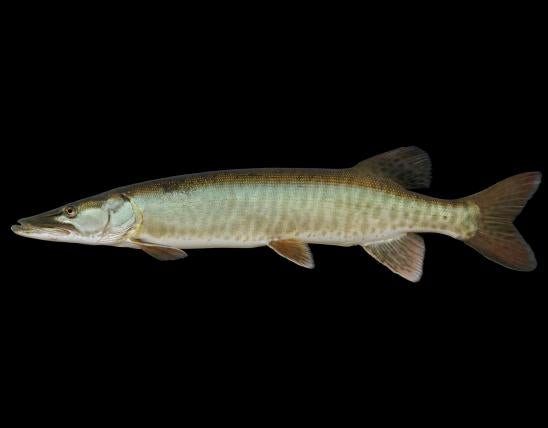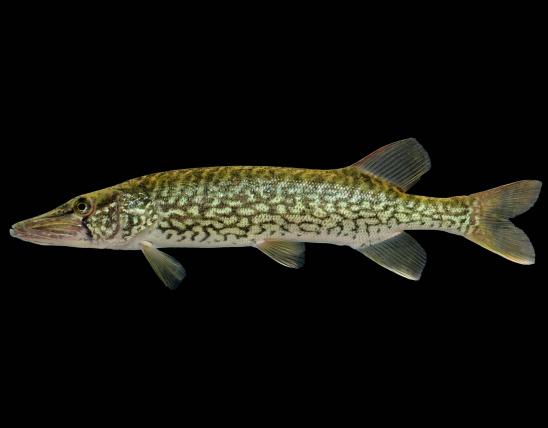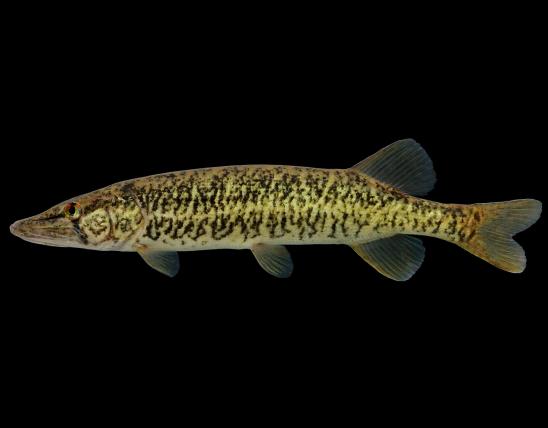Media
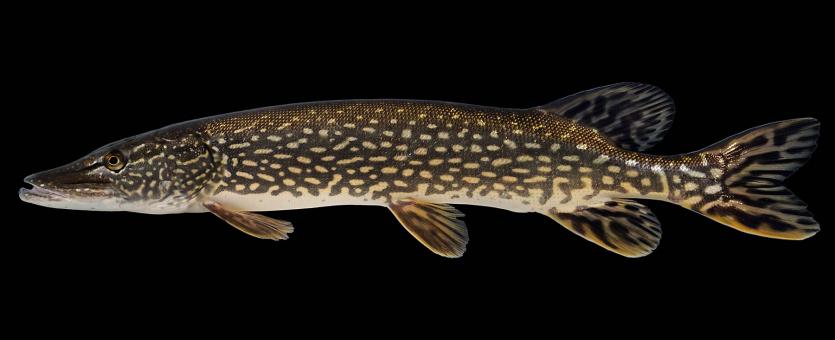
Scientific Name
Esox lucius
Family
Esocidae (pikes) in the order Esociformes (mudminnows and pikes)
Description
Like other pikes, the northern pike has a duckbill-shaped snout, large mouth with many sharp teeth, and a single dorsal fin, which is similar in shape and size to the anal fin, and both are positioned far back, near the forked tail fin. Northern pike is distinguished from other pike by having the cheek fully scaled, but the gill cover scaled only on the upper half, and in having a row of 5 sensory pores along each side of the lower jaw. The overall color pattern consists of light spots against a darker background. The upper parts are green or blue gray, with numerous roundish yellow spots on the sides. There is no dusky bar beneath the eye. The fins, except the pectorals, are often marked by roundish black spots.
Size
Length: to more than 4 feet; weight: to more than 40 pounds.
Where To Find
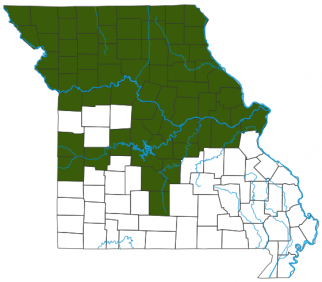
Native to northern and central Missouri, and the lower Osage River. Currently, our largest natural populations are in borrow pits and drainage ditches on the Mississippi River floodplain, in Clark and Marion counties. Reports from the Missouri and upper Mississippi rivers have been increasing.
Habitat and Conservation
Occurs in a variety of habitats, including lakes, reservoirs, and large streams as well as borrow pits and drainage ditches. It avoids strong currents and prefers waters with dense vegetation. Missouri is on the southern edge of the range of this species. In the past, MDC stocked it in lakes and reservoirs in many locations, but natural reproduction has generally not maintained those populations.
Food
Like other pikes, this species is carnivorous and hunts by ambush, darting out to seize prey from a place of concealment. It mainly eats other fishes, and where it is abundant, it plays an important role in regulating the numbers and maintaining the population balance of prey species. One reason this fish was once stocked in our reservoirs was to introduce a predator capable of limiting fish such as gizzard shad, which were not being checked by largemouth bass and other predators.
Life Cycle
Life Cycle
Spawning is in early spring, after the pike have moved into marshes or other shallow, marginal waters. The eggs are broadcast over submerged vegetation and receive no more attention. Growth is rapid; young pike can grow to 17 inches by the time they are 8 months old and can reach the legal catchable length of 30 inches by age 2½. Females grow more quickly and live longer than males. In the wild, they rarely live more than 13 years, but in zoos they have lived for as many as 75 years.
Human Connections
Because of its rarity in our state, the northern pike is of little importance as a game fish. It is more readily caught and is usually smaller than the muskellunge, but the sporting qualities of the two fish are similar.
Ecosystem Connections
Northern pike is like a larger version of redfin (grass) and chain pickerels. It was stocked in Missouri reservoirs in part to effectively control the large stocks of carp and gizzard shad present in those waters.
Title
Media Gallery
Image
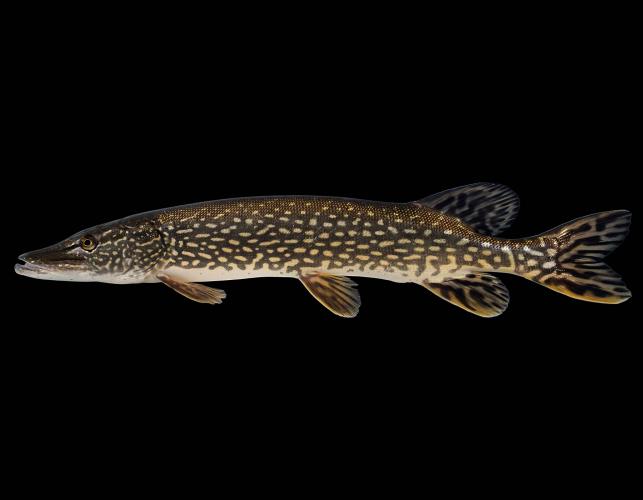
Caption
Northern pike, Esox lucius
Credit
Lance Merry
Right to Use
Image
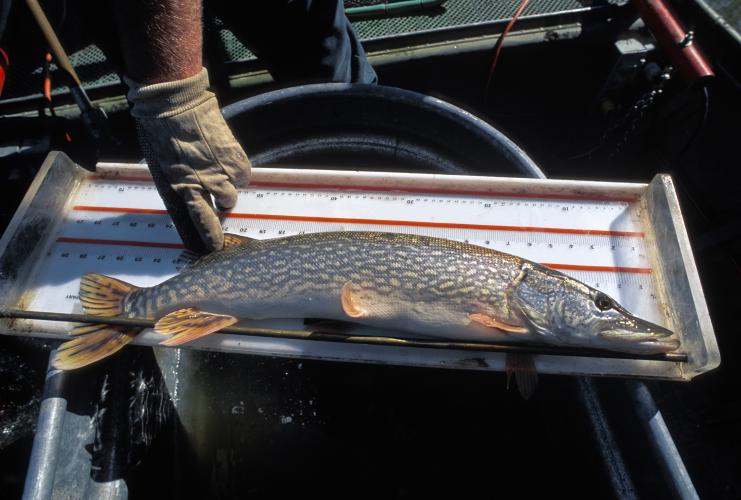
Credit
Jim Rathert
Right to Use
Image
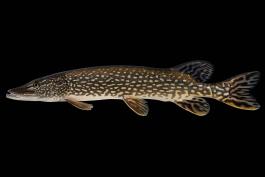
Image
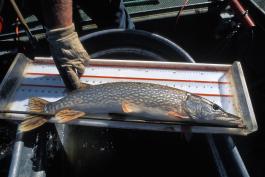
Title
Similar Species
About Fishes in Missouri
Missouri has more than 200 kinds of fish, more than are found in most neighboring states. Fishes live in water, breathe with gills, and have fins instead of legs. Most are covered with scales. Most fish in Missouri “look” like fish and could never be confused with anything else. True, lampreys and eels have snakelike bodies — but they also have fins and smooth, slimy skin, which snakes do not.






















